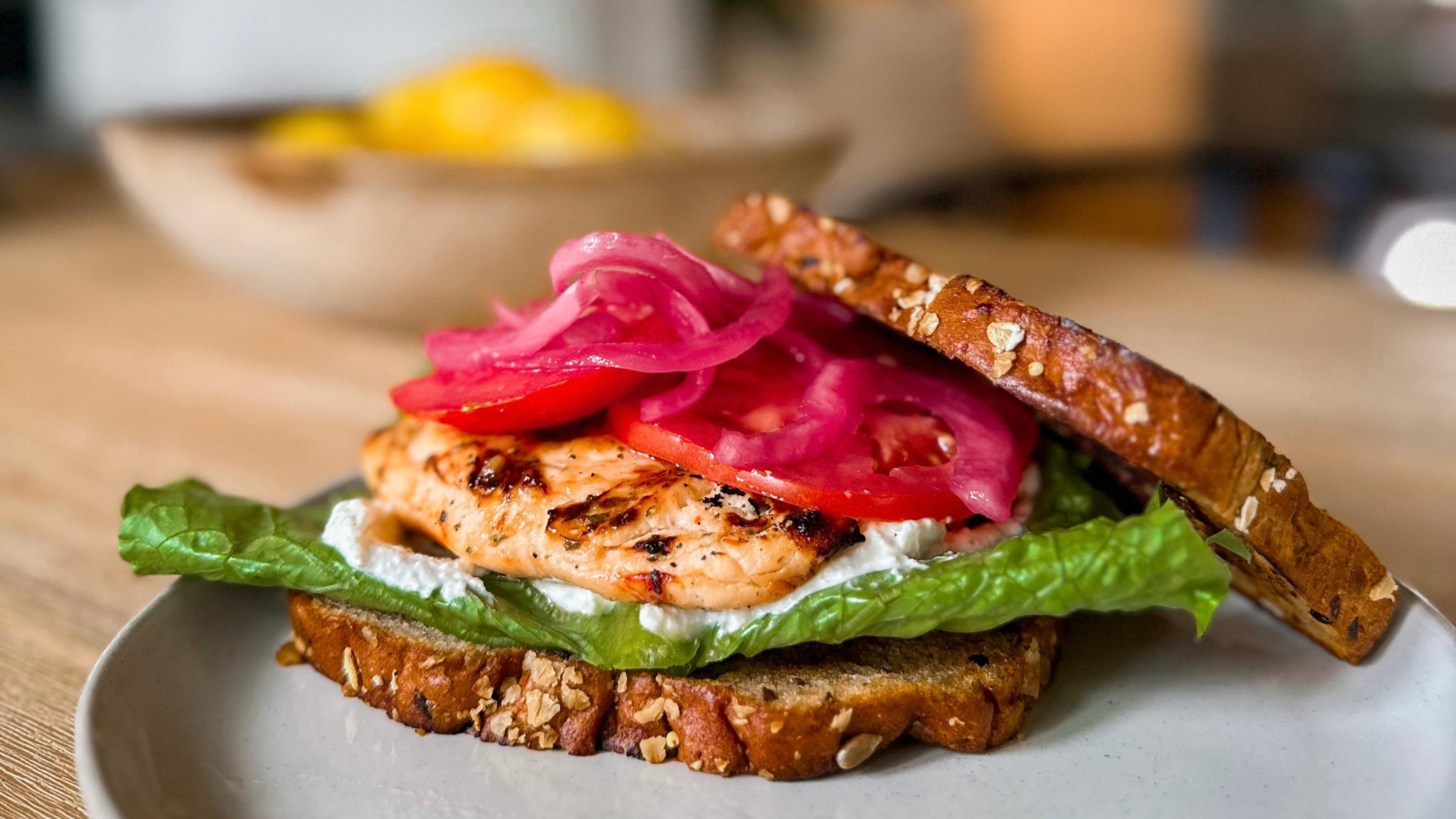A Quick Guide to Eating Diverse Cuisine: Healthy Edition

Julie Bitely
| 3 min read

Most Michiganders are exposed to a highly multicultural diet. Whether you’re from Detroit where food selections are diverse or the U.P. under a more Scandinavian influence, there are tons of traditional meals representative of different cultures. The question is, how many ethnic cuisines provide dietary options that are also good for you?
The answer is that there are good and bad sides to each. As with everything, moderation and monitoring are key. Here are some worldly cuisines to try and their health highs and lows:
Polish: If you’re a Michigander you’ve undoubtedly had dishes like Pierogi (stuffed dumplings), Guompki (meat stuffed cabbage leaves topped with tomato sauce) or even dill pickle soup! Most Polish dishes tend to be pretty salty so try to stick to veggie based items like Mizeria (cucumbers dressed with sour cream and vinegar) or even light sweet treats like Kruschiki (plain baked dough topped with powdered sugar).
Middle Eastern: Hummus with veggies, Tabouleh salad (bulgur, parsley, mint, onion and tomatoes topped with lemon juice) and stuffed grape leaves all make for pretty healthy options. If you need a meat or cheese fix though, try sticking to grilled lamb or chicken and raw cheese with a low acid content.
Asian: From Vietnamese to Japanese to Indian, Asian cuisine varies a lot. As a rule of thumb, try to stick to lean proteins (low-fat chicken or fish usually work well), fresh herbs and veggies, and raw ingredients whenever possible. Because many Asian dishes are soups or fried meats, their sodium and fat contents can skyrocket fast. Healthy sushi and vegetable curries (without heavy cream or butter) are usually safe bets.
Traditional American: Ok, so hitting the local McDonalds is certainly not a healthy American option. However, many traditional American spots are emerging as more gastropub style places and less greasy spoon style joints. If you’re drawn to more American cuisine, be mindful of the restaurant’s use of local ingredients. Steer toward leaner meats for burgers (turkey or veggie burgers are best) and veggies or baked fries as sides, if you must.
Mediterranean: The Mediterranean diet has long been praised for its incorporation of leafy veggies, heart healthy oils and high-fiber beans and grains. Eating fish one to two times per week and limiting dairy consumption, are ways to go Mediterranean too. Some Italian concepts fit into this diet as well so certain tomato dishes and wine in moderation, are also acceptable.
The bottom line is that it’s not impossible to eat diversely and healthy, at the same time. Just be mindful of your choices and, when you cook each cuisine for yourself, make guilt-free substitutions.
Photo credit: Rita.Yan





